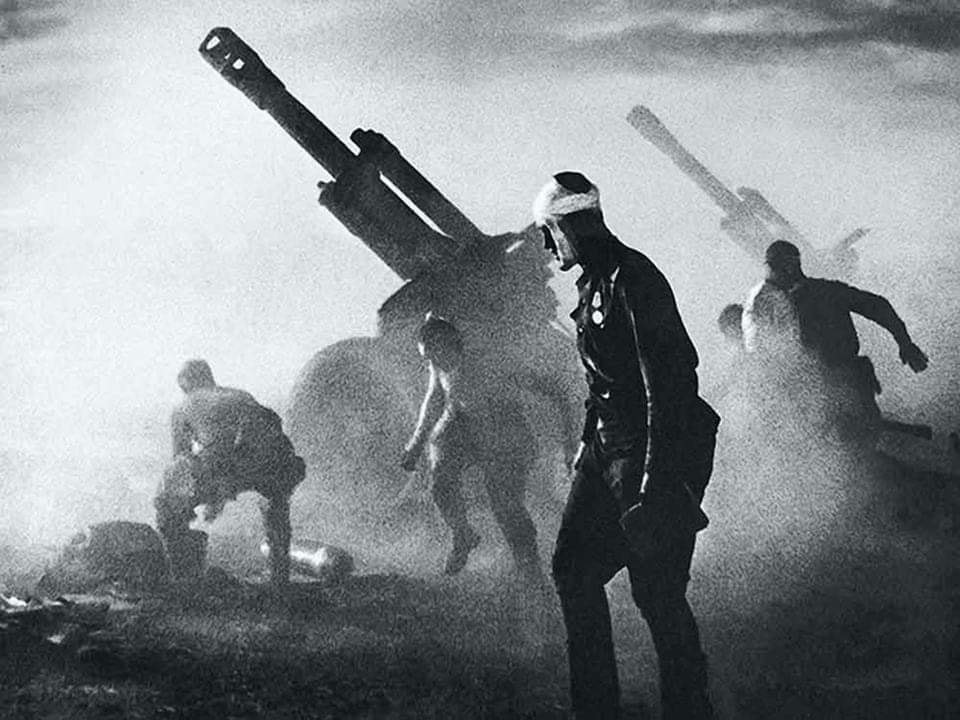super
22.6. 1944 Operation Bagration began
Categories: Second World War , Calendar

In June 1944, the Red Army launched one of the largest offensives of the entire Second World War, Operation Bagration.Theinitial onslaught was directed at Army Group Centre, and Hitler, who issued the order to hold positions, considered it a feint attack. But on 22.
June 1944, on the morning of the third anniversary of the German invasion of the Soviet Union, some 2.4 million troopsRed Army troops, supported by 36,400 guns and mortars, 5,200 tanks and self-propelled guns and 5,300 aircraft, launched the attack.
"Its aim was nothing less than the encirclement and complete destruction of Army Group Centre. Stalin's marshals expected to encounter some 1.2 million German troops, supported by 9,500 guns, 900 tanks and self-propelled guns and 1,350 Luftwaffe aircraft. The Red Army, however, had a sixfold superiority over the Wehrmacht in tanks, fourfold superiority in artillery and combatand twice as many soldiers," writes Gilberto Villahermosa in Hitler's Paratrooper.
However, despite the fact that Field Marshal General Ernst Busch, commander of Army Group Centre, deployed all his reserves, he could not stop the Soviet juggernaut. Hitler now realised that this was a decisive offensive, and so on 9 July he turned back FHQ Wolfsschanze to direct the operation.
Although his main tent in the east was still a construction site, the critical situation required Hitler to be close to the front line and to be able to personally influence the commanders in the field. "However, his presence could not reverse the situation. Army Group Centre had collapsed and General-Marshal Walter Model, who had replaced Busch, was now attempting an orderly retreat. This he essentially succeeded in doing, but he could not disguise the fact that Operation Bagration was a major success for the Soviets," writes McNab Chris in Hitler's Fortresses: German Fortifications and Defences 1939-45.
The Red Army benefited from this success in the second phase of the war, when it advanced into East Prussia and crossed the Vistula River. As Warlimont noted, "The return to the field headquarters in East Prussia meant that we were once again, as in the same period in 1941, unusually close to the front.
Now, however, Hitler's armed forces were marching west and not east. Germany's allies had collapsed like a house of cards. Romania surrendered on 23 August, Finland signed an armistice on 2 September, and Bulgaria did the same on 9 September.
Sources:
McNab Chris, Hitler's Fortresses: German Fortifications and Defenses 1939-45
Gilberto Villahermosa: Hitler's Paratrooper
https://new-power.org/
The article is included in categories:



